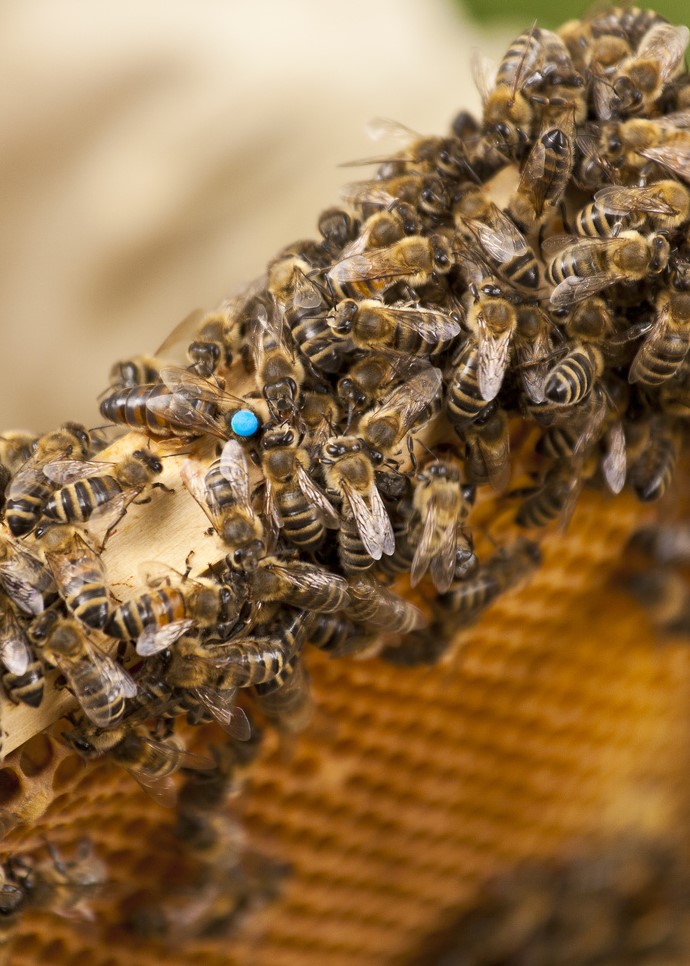In terms of morphometrics, the main characteristics of carpathian honey bee are:
- proboscis length between 6.02 mm and 6.64 mm
- wing length 9.4 to 9.6 mm past
- cubital index (classes) from 2.12 to 3, 70
- tarsus index (percent) 54.97 to 58.56.
Our Carpathian Queens are suitable for honey and pollen production also for queen production. They are available from April to October. We have a limited number and pre-order is required.
The Capathian queen / bee (Apis mellifera carpatica) was formed in a specific pedo-climatic conditions and of melliferous base found in the Carpathian region. The temperate continental climate in our country is characterized by relatively low and non-uniform precipitations from one area to another and from one year to another and relatively large temperature variations from one season to another.
From the taxonomic-ecology point of view there are widely accepted for our bee five main areas (of reference) to which correspond in terms of adaptive ecotypes some relatively isolated reproductive populations, where there is the possibility to find populations not affected by the transfer of the gene pool in other areas:
In terms of morphometrics, the main characteristics of carpathian honey bee are:

From a behavioral standpoint the Romanian honey bee (Carpathian) is a very gentle bee breed with a very quiet behavior on combs. It is characterized by the supesedure of the queen (anecbalie = natural periodic replacement of the queen). Is less prone to robbing and has an moderate instinct of swarming.
The sealing of the honey cells is predominantly “dry” and sometimes intermediate (mixed). It shows a pronounced predisposition to block the nest with honey, in case of harvest of high intensity, a biological feature that makes difficult to maintain the horizontal hives.
In terms of production A.m. carpatica is a productive bee!
Carpathian Queens
Carpathian Queens
Carpathian Queens
Carpathian Queens
Carpathian Queens